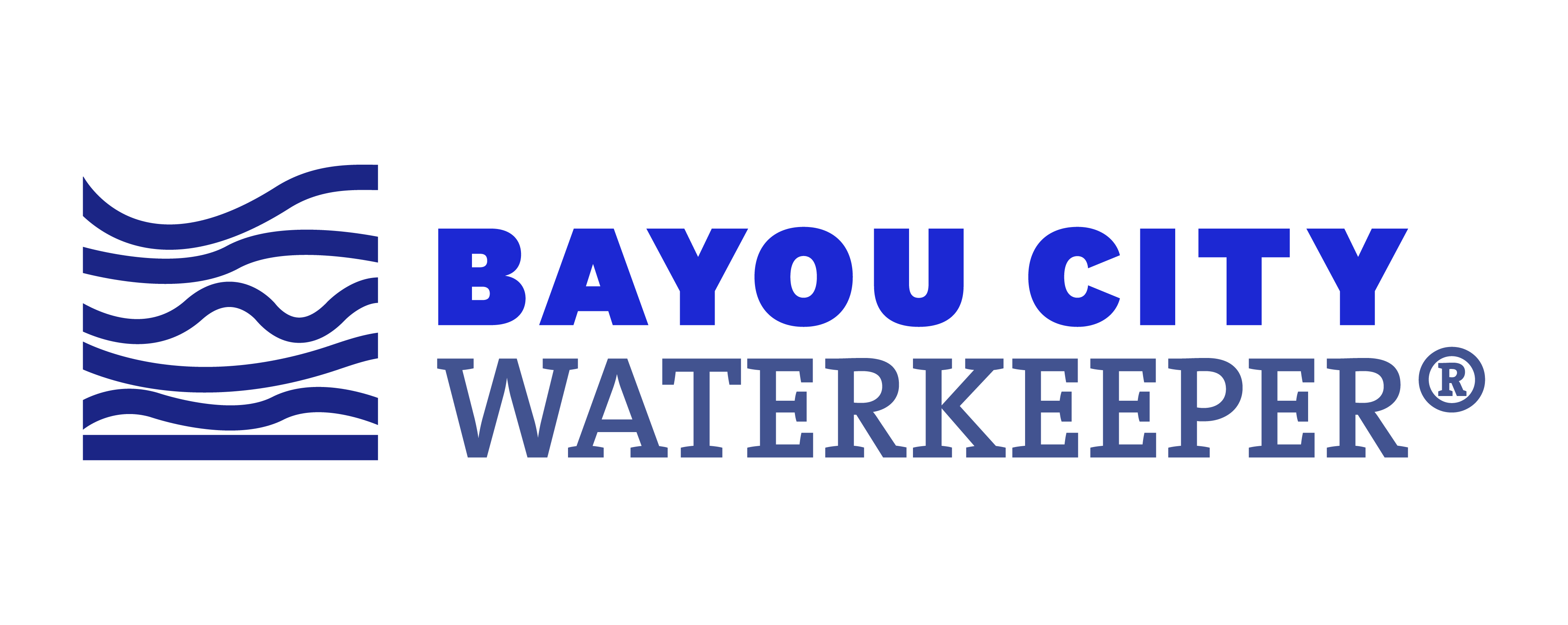Many Petrochemical Plants That Make Plastic Have No Limits on the Release of Nitrogen, Dioxins, 1,4-Dioxane and Other Pollutants

The plastics manufacturing industry dumps almost a half billion gallons of wastewater per day into U.S. waterways, and a failure of EPA oversight means that most plants have no limits on the amounts of nitrogen, phosphorus, 1,4-dioxane, dioxins, and other harmful pollutants they are allowed to release.
In a new report, the Environmental Integrity Project (EIP) examined the permits and records of 70 U.S. facilities that make plastics or the main chemical ingredients in plastics and found they discharged almost 12 million pounds last year of total nitrogen and phosphorus, which can cause fish-killing “dead zones.” All but one of these plants had no limits in their permits for discharging these nutrients into waterways. More than two thirds of this pollution was released by facilities in communities of color, according to EIP’s report, “Plastic’s Toxic River: EPA’s Failure to Regulate the Petrochemical Plants That Make Plastic.”
This problem has grown out of EPA’s failure to update federal pollution control technology standards for chemical plants and plastics manufacturers for over 30 years, in violation of the federal Clean Water Act, despite the fact that modern pollution control technology could dramatically reduce this contamination.
In a press conference held today, Kristen Schlemmer, the Houston-based Bayou City Waterkeeper, said: “The communities in our water-rich region deserve protection from the extensive, known risks associated with the plastics manufacturing industry. By failing to exercise its legally required oversight, EPA is allowing this dangerous industry to increase the already unfair pollution and health burdens we experience in Houston and on the Texas coast.”
Read the report and more on Environmental Integrity Project’s website.
